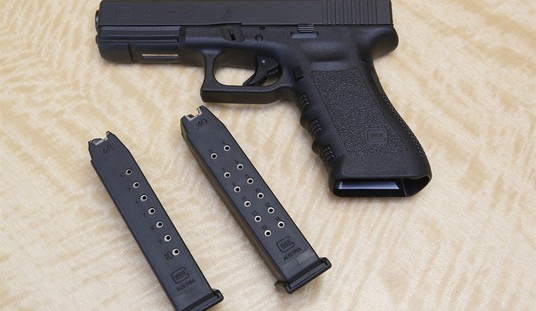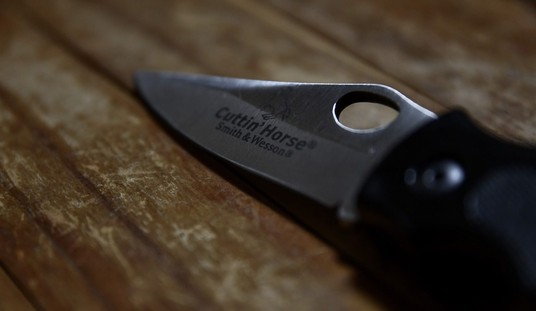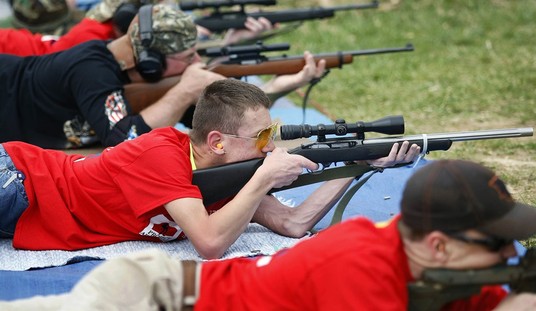Four Georgia deputies who fired 19 shots in just seconds after a suspect opened fire on them in an October 2015 shootout have been cleared by a grad jury that had access to body cameras worn by three of the four officers.
Four officers involved in a deadly shooting of a suspect last October have been found legally justified by a Chatham County Grand Jury.
Officers Michael Gonzales, Daniel Kang, Ruben Colon and John Hauber were cleared Monday.
They were all involved in the shooting of Tyrie Cuyler. Cuyler was a convicted felon who pulled a gun at that stop, shooting three times, hitting both Colon and Gonzales.
The Grand Jury got to see the entire event for themselves through the 3 body cameras the officers were wearing.
The GBI report shows that the officers fired 19 shots at Cuyler after he fired, and as he tried to escape.
That same report also adds that Cuyler was carrying a .38 caliber Smith and Wesson revolver with a handle wrapped in electrical tape in an apparent attempt to no leave fingerprints.

Tyrie Cuyler was a convicted felon and rape suspect who pulled a gun and shot two officers as he tried to escape on foot. He managed to hit two of the officers as he ran past, but all four officers were able to get shots off as Cuyler fled, and he died after rounding the corner, off camera.
While the story doesn’t specifically mention which shots are fatal, it appears that Cuyler was probably shot in the back multiple times… and that’s perfectly legal and morally justifiable, whatever “Hollywood-educated” critics might say.
Once a criminal starts shooting at someone in a situation like this they are considered a deadly force threat not just to the officers but the public at large under the fleeing felon rule.
As a general rule (keep in mind, there are variations in state laws) law enforcement officers have greater latitude in using deadly force, but it isn’t uncommon in the slightest for law-abiding citizens to shoot criminals in the back during a gunfight as both the suspect and the law abiding citizen attempt to maneuver for a better position or to avoid incoming fire. These shootings may increase investigation times, but if the law-abiding citizen strikes an armed criminal as he is turning, or is merely retreating to cover instead of attempting to flee, that is generally going to be understood to be a “good shoot” in all but the most rabid anti-gun jurisdictions.








Join the conversation as a VIP Member